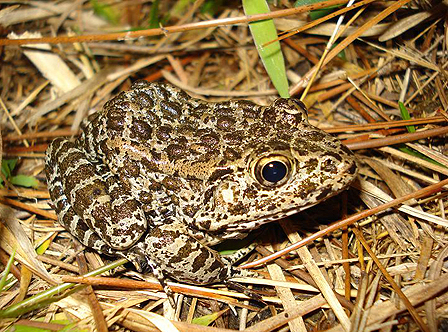“As the one person in Congress, the only one, that voted for the Endangered Species Act, please beat me with a whip,” Representative Don Young said last month. The longtime Alaska congressman was at a legislative forum alongside more than a dozen other House Republicans to unveil a series of bills aimed at reforming the 1973 law. When the act was passed, Young said, representatives were told it was meant to save “leopards,” not “mussels and snails and turtles.”
The House bills are part of a broader Republican-led effort to modernize the Endangered Species Act, which has not been updated in more than a quarter century. In late July, the Trump administration rolled out its own proposed revisions to the regulations that implement the act, eliciting praise from some corners and sparking backlash from many environmental groups.
The reform efforts, and Young’s comments, underscore a peculiar reality of the landmark statute that President Richard Nixon signed 45 years ago: The Endangered Species Act may be at once the nation’s most popular and most controversial environmental law. Polls consistently show overwhelming public support for the act, regardless of political affiliation. People, after all, generally support the idea of saving bald eagles, gray wolves, and other charismatic wild animals. Yet the act — arguably the most powerful environmental law in the U.S. Code — remains a constant source of conflict and controversy between landowners, environmentalists, states, and federal agencies.
The law’s vast regulatory powers can affect land-use decisions across the country, often on behalf of lesser known, less charismatic species, such as the American burying beetle, Preble’s meadow jumping mouse, and Hine’s emerald dragonfly. And because most endangered species rely in part on private lands for habitat, these restrictions can be especially burdensome for private landowners. Along the way, the law can make enemies out of the very people who are most critical to endangered-species recovery.
…
Read this entire piece in National Review.




